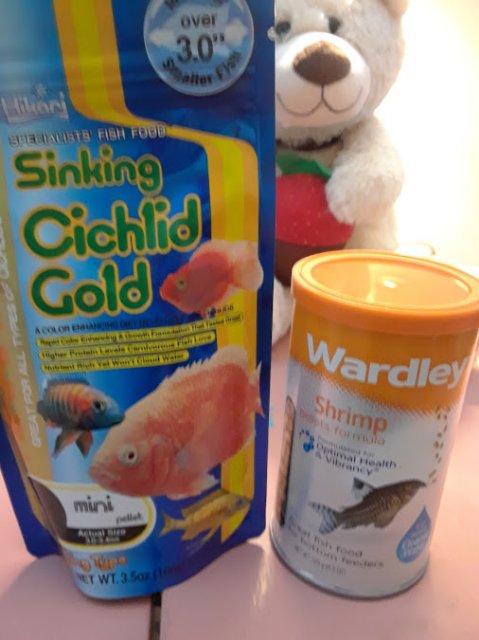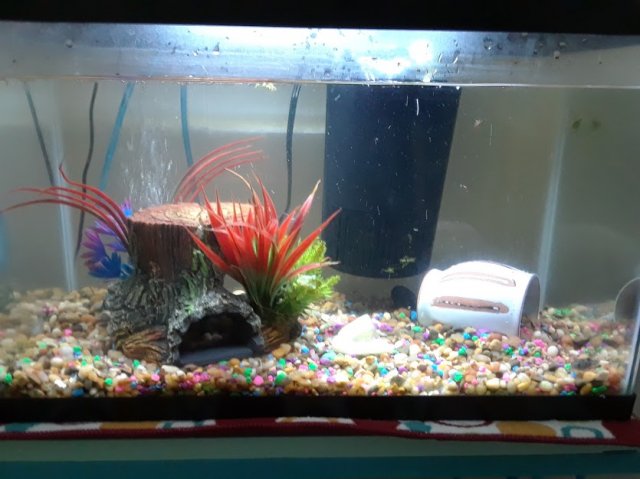I agree on the co2, don't fall for that stuff. The "dutch style" planted tank emerged back in the 30's, way before we got so technical about things. The whole co2 fad is just a clever cash grab for the big companies who make these things. And then there's all the clever DIY projects all over and we get an entire subculture focused around this useless thing that they all think is working awesome while really only fixing something that wasn't broken. You would only need co2 if you were going to go absolutely mental on the plant front.
Polypterids, most catfish, and predatory species produce a lot of waste, and are messy eaters, which not only raises co2 levels in the water but provide vital nutrients to the plants. With the BN gracing the plants for algae and the rope and cories sifting through the sand there won't be much stagnation in the sand or rotting food fouling the water. You could also add a species of sand snail to aerate the sand and plant roots, and another species of snail for eating algae on the plants, like Ramshorn. All snails will also eat detritus and uneaten food. Snails can actually be very beneficial to planted tanks and the only species who actually eat aquarium plants are the really big ones.
The part about aerating the sand becomes important once you get a layer thicker than about 4-5cm with fine sand, as pockets of concentrated co2 will build up under the sand as a product of compacted decomposing organic stuff, and can be released as big bubbles from the sand if left long enough. It makes the water poisonous and can end catastrophically. Trumpet snails are undoubtedly the best for preventing this, but there are many other species also.
The different mechanisms in the tank will usually stabilize after a little patience so long as you provide acceptable conditions and do regular water changes.




